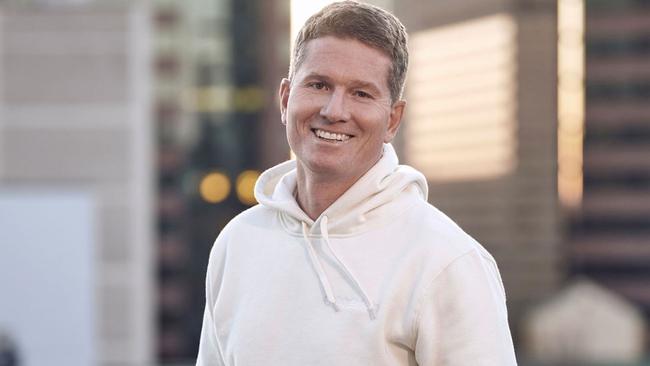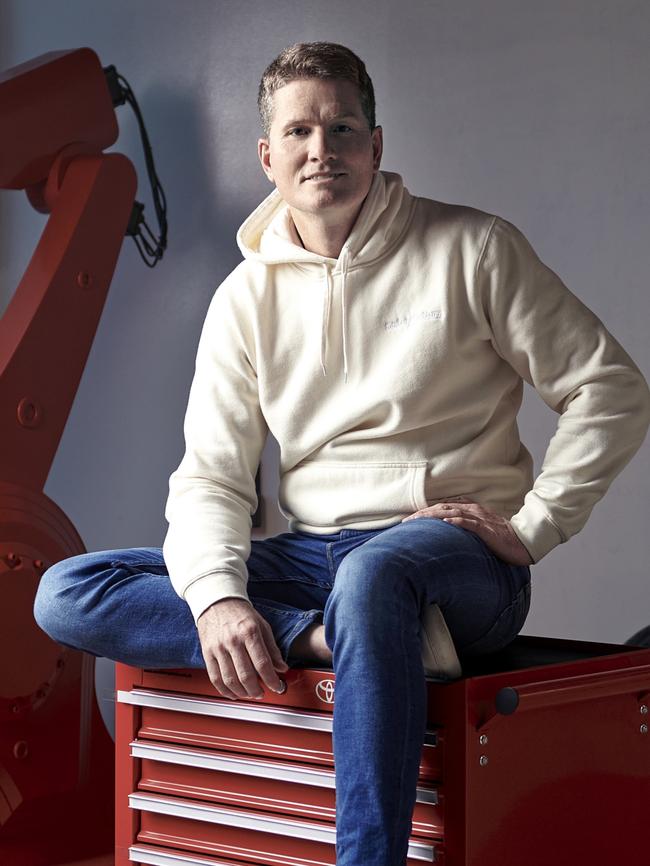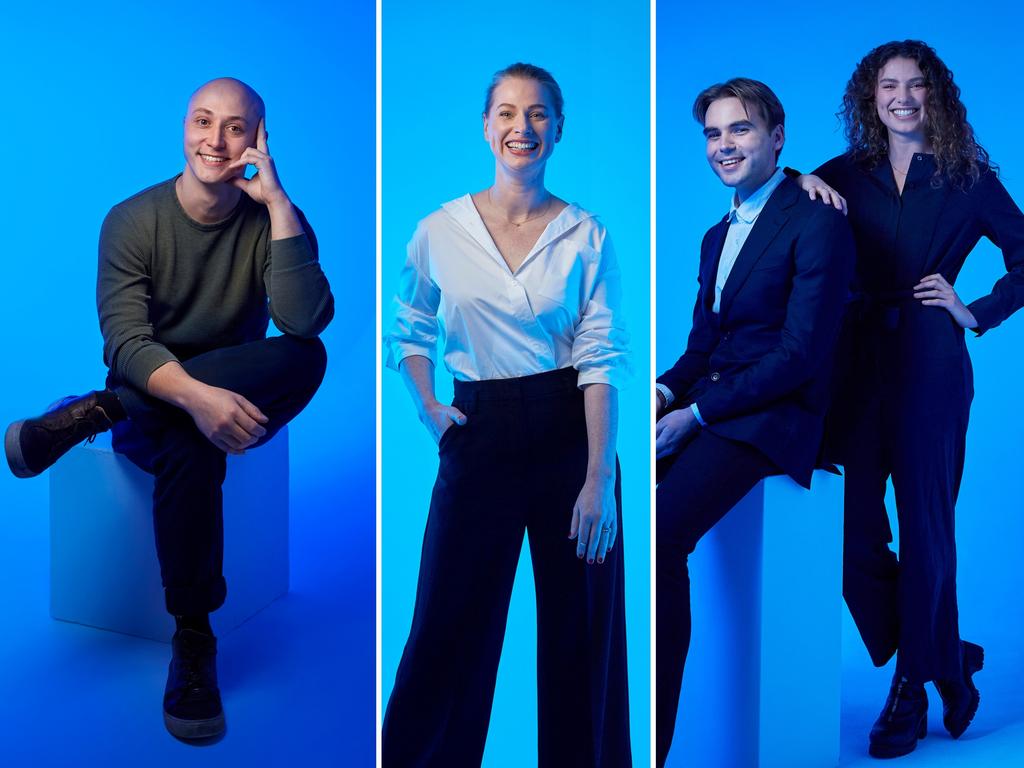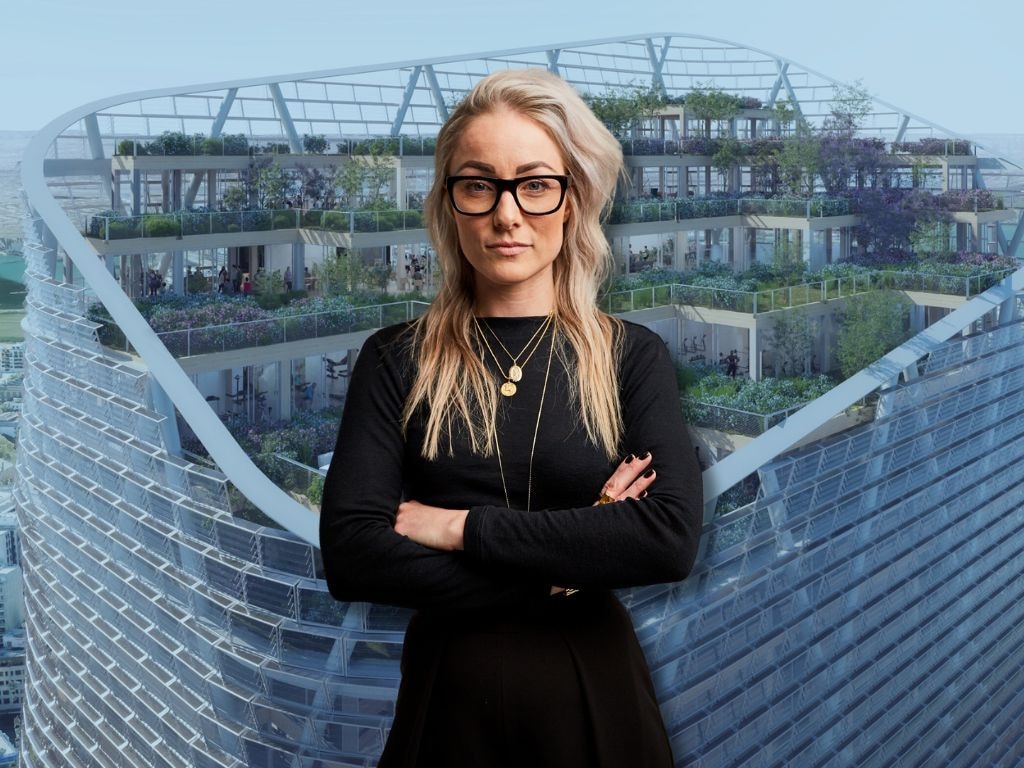Top tech entrepreneur says home ownership obsession ‘restricting young people’s thinking’
The great Australian dream of home ownership is restricting innovation, the founder of $2.5bn software company SafetyCulture says, putting us behind other developed countries.

The great Australian dream of home ownership is restricting innovation, the founder of $2.5bn workplace software company SafetyCulture, Luke Anear, says.
As research and development stalls in Australia, falling behind other developed nations and risking Anthony Albanese’s much-hyped transition to a ‘smart economy’, Mr Anear traces the source of the problem to younger people being reluctant to take risks.
Mr Anear – who is considering floating SafetyCulture in the US – said Australia struggles with failure, which is a key ingredient for innovation, putting it at odds with the US.
And this is where Mr Anear draws parallels with Australia’s obsession with home ownership.
“Own your own home is the big Australian dream and I think the way mortgages are structured in Australia is different to the US as well. We’re seeing the younger people today not do it as much, but they set out to get a mortgage, they then can’t actually think freely,” he said.

“They are really restricted in their thinking. And I see that in my friends and family members over the years as well. And so I think we’ve probably just grown up over the last five or six decades with this great Australian dream to own your own home.
“Of course, that’s got harder and harder for people. There’s a few things at play. It’s not as simple as one thing. But Australia, I think we are a lucky country, but we need to turn that luck now into some positive outcomes, and not just rely on natural resources that we send away to be made into high value products. There are some nuances there. But, you know, Australia’s definitely in a good position, but we’re not, we’re not as well as we could be on the innovation front.”
Australian innovation investment is tipped to fall from 3.9 per cent of gross domestic product to 3.5 per cent by the end of the decade unless urgent action is taken, according to a report from the Tech Council of Australia. This compares with research and development investment expected to rise from 1.7 to 2 per cent of GDP by 2035.
Mr Anear – who announced last week he would step down as SafetyCulture’s chief executive early next year and into a new role as executive chairman – said a big difference between Australia and the US was that Americans believed anything was possible.
Whereas Australians are obsessed with failures and avoiding risk.
“I’ve tried so many things over the years that haven’t worked, and yet, a few things have worked, and they’ve worked really well,” said Mr Anear, who founded SafetyCulture in his garage at Townsville in 2004.

“That’s the hope I have for Australia, that we get to a point where founders are encouraged to take risks and that failure is accepted as part of the journey. No one wants to fail, no one sets out to fail. Everyone sets out to win. And so, if someone fails at something that they’ve tried to build or innovate on, that was not their intention.
“So I think it’s important that young people aren’t hung out to dry, particularly founders. It’s very stressful and they feel responsibility to deliver for their investors and their employees, everybody. My hope is that overtime, Australia matures to a more balanced perspective in regards to how we innovate.”
Mr Anear has previously threatened to domicile SafetyCulture in the US where private companies do not have to disclose their accounts with regulators. Mr Anear says he doesn’t have a problem with disclosing accounts, it’s the media’s reporting of earnings which then play into the failure narrative.
“For founders and businesses to keep innovating, you need the freedom to fail. If private companies have, you know, enormous scrutiny and reporting on their failures all the time, then the reality is they will innovate less.
“When they were writing up the losses, that they’re including equity that’s been granted as part of the losses, it’s like you guys are not actually being factual here. You’re giving the everyday person a sense that these companies are losing more money than they are. So that was my main point. I think if it’s written in a balanced way, and it’s framed in a way where failure is part of innovating (I don’t have a problem).





